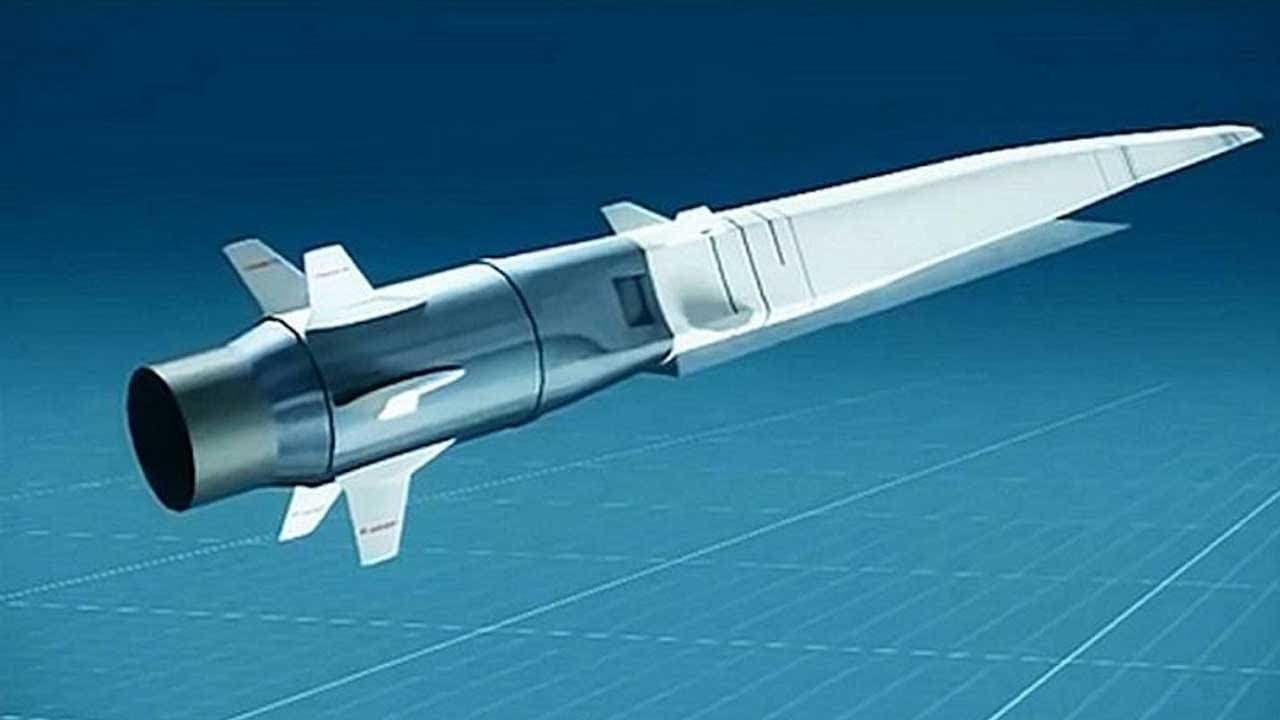Russia Claims Start of Serial Production of the Tsirkon Anti-Ship Missile System. Should NATO Be Worried? – Speaking to state media at Russia’s Army-2022 arms expo, Russian Defense Minister Sergei Shoigu claimed that serial production of the new Tsirkon hypersonic anti-ship missile has begun. However, while Shoigu’s announcement appears to partially clash with President Vladimir Putin’s proclamation as part of his July 31 Navy Day speech that the Tsirkon would enter active service with the Russian Navy before the end of August 2022.
What Did Shoigu Announce, and Why Does it Contradict Previous Russian Statements on the Tsirkon?
On the face of it, Shoigu’s announcement that the 3M22 Tsirkon has entered serial production has been a long time coming, assuming the missile has indeed entered production as claimed by Shoigu. However, it possibly appears to rule out that the Tsirkon will be “supplied to the Armed Forces of the Russian Federation within the next month,” as promised by Putin in his July 31 speech.
Russian sources had previously reported that the Tsirkon was already under serial production as of July but claimed that the missile would be adopted as early as September 2022. While it appears that progress has been made in bringing the Tsirkon into operation, it seems that some hiccups or setbacks have occurred behind the scenes, which have otherwise disrupted the timetable which the Kremlin promised they would be delivered on.
Russian state media sources had previously claimed that serial production of the Tsirkon was scheduled to begin in 2018, and that the missile had already entered mass production by the end of 2021, so such delays would be nothing new.
Expert Analysis: What is the Tsirkon?
Known alternatively as the Zircon, the missile has reportedly been under development since 2011, and entered the club of new hypersonic missiles promoted by President Putin when he confirmed the system’s development as part of his February 2019 state of the nation address. Tests of the missile began to be publicly promoted, by Russian state media sources in 2017, while the first submarine-launched test of the Tsirkon occurred in 2021 in the Barents Sea. The Tsirkon was also test-fired by the Admiral Gorshkov frigate in 2020 and 2021, which is intended to receive the missile first when it is delivered to the Russian fleet.
Technical details regarding the Tsirkon are scarce, and a range of capabilities have been attached to the anti-ship missile. Russian state media have claimed that the Tsirkon had reached speeds of up to Mach 8 in tests, while others believe its actual maximum speed to be closer to Mach 5. Similarly, while Russian source have asserted that the range of the Tsirkon is close to 1,000 kilometers, others believe that it is several hundred kilometers lower.
Tsirkons in Service: A Threat?
Russia will likely continue to give contradictory or otherwise convoluted timelines for the operational debut of the Tsirkon anti-ship missile so long as development issues continue to cause issues behind the scenes. Technical sanctions and export controls applied to the Russian economy by Western countries following Russia’s 2022 invasion of Ukraine promise to significantly challenge the capabilities of Russia’s defense industrial base in all regards, which almost certainly will include its ability to produce Tsirkons at scale.

Image: Screenshot of Tsirkon test firing.
Nonetheless, Moscow likely sees the Tsirkon as an important element of its naval strategy as defined by its new naval doctrine, which emphasizes global confrontation with the United States Navy in the world ocean as a major cornerstone.
While the Tsirkon has impressive capabilities on paper, it remains to be seen whether it would make a meaningful difference in helping the Russian Navy go toe-to-toe with the United States on the high seas.
Wesley Culp is a Research Fellow at the Center for the Study of the Presidency and Congress. He regularly writes on Russian and Eurasian leadership and national security topics and has been published in The Hill as well as in the Diplomatic Courier. He can be found on Twitter @WesleyJCulp.

